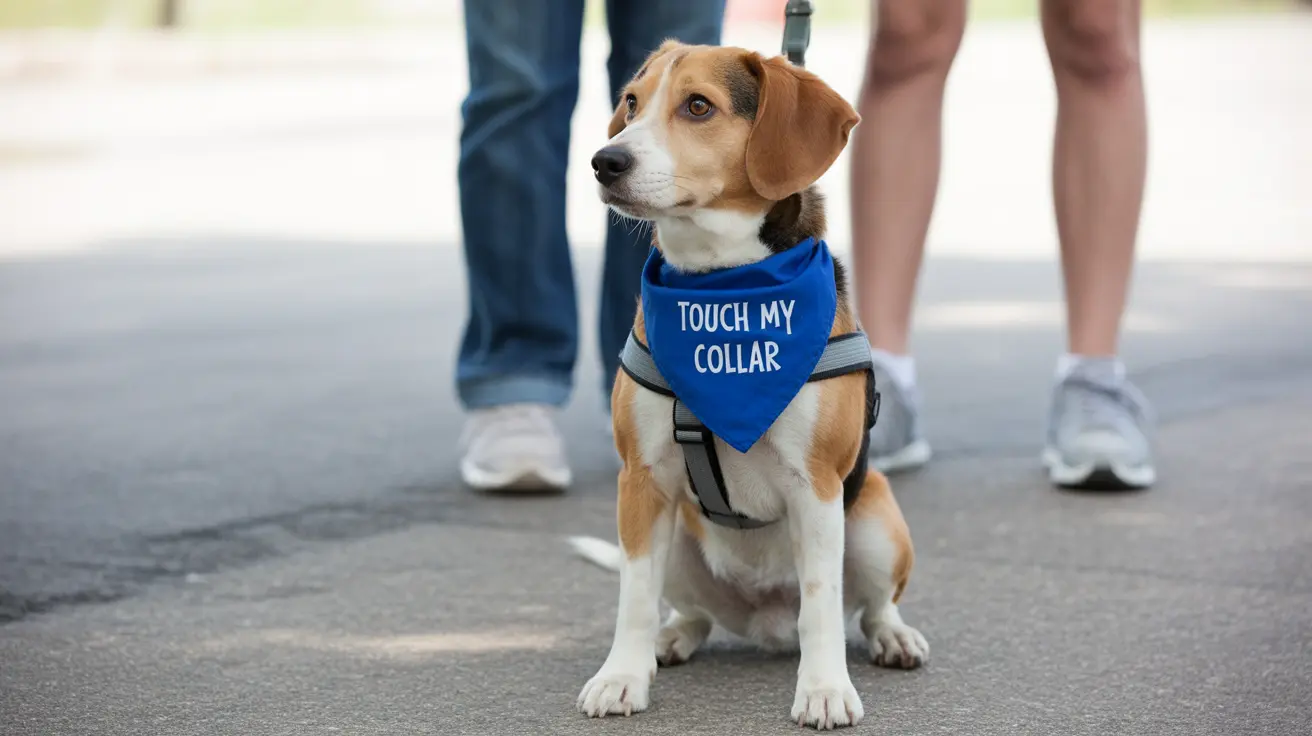Understanding the 3-3-3 Rule for Dogs: Helping Your New Pet Adjust
Bringing a new dog into your home is an exciting and emotional experience. Whether you're adopting from a shelter or welcoming a puppy from a breeder, it's important to understand that transition takes time. One powerful guideline that helps both pet owners and pets through this change is the
3-3-3 rule for dogs.
This rule provides a framework for understanding how dogs acclimate to new environments over time. It involves three phases:
- 3 days to decompress
- 3 weeks to learn the routine
- 3 months to feel at home
Each stage reflects a crucial point in your dog’s emotional and behavioral adjustment. Here's how to support your dog through each of these phases.
First 3 Days: Decompression Period
In the first three days, your new dog may feel overwhelmed. Everything—from smells to sounds to people—is unfamiliar. Some dogs may be shut down and sleep a lot, while others may exhibit anxiety or hyperactivity.
Your role during this stage:
- Provide a calm, peaceful environment
- Limit visitors and overwhelming experiences
- Allow the dog space and time to observe and explore
- Offer consistent food, water, and bathroom access
The key during this stage is
patience. Your dog is trying to figure out if they're safe and what the rules are. Avoid forcing interactions and let your dog approach you on their terms.
First 3 Weeks: Learning the Routine
After the initial shock wears off, your dog will start feeling more comfortable. This is where they begin to understand your daily rhythms and what is expected of them. They will also start showing their real personality and possibly test boundaries.
Focus on:
- Establishing a consistent routine for meals, walks, and bedtime
- Starting basic training and reinforcing positive behavior
- Building trust through play, rewards, and gentle interaction
During this period, positive reinforcement is crucial. Dogs do best when they understand what behaviors earn your approval. Keep communication clear but kind.
First 3 Months: Feeling at Home
By the time three months have passed, your dog typically feels secure and attached. They've begun to trust you and have adapted to your routine. This is often when deep bonding occurs.
At this point, you’ll notice:
- Better responsiveness to training
- More predictable behavior patterns
- Signs of emotional attachment and loyalty
Now is the time to enhance your relationship. Continue to mentally stimulate your dog through puzzle toys, advanced training sessions, and new experiences like dog parks or hikes.
Why the 3-3-3 Rule Matters
Dogs are highly social, emotional animals. They recognize human communication cues but experience new surroundings very differently from us. Their adjustment period blends environmental, emotional, and social learning.
The
3-3-3 rule is not a rigid formula but a helpful framework. Some dogs may take more or less time depending on age, history with humans, and individual temperament. Rescue dogs with traumatic pasts may need longer, while puppies may adapt faster with proper socialization.
Tips to Support the 3-3-3 Transition
- Use consistent words and body language to reinforce behaviors
- Exercise patience during setbacks—don’t expect instant trust
- Offer daily mental stimulation through interactive games
- Keep vet visits and grooming minimal in the early days unless urgent
- Track progress with a journal to document milestones
Final Thoughts
Welcoming a dog into your life is an enriching experience filled with joy and lessons. Understanding and following the 3-3-3 rule encourages a smoother transition for your dog while setting the stage for a strong, trusting relationship.
Remember: every dog is different, but with
compassion, structure, and time, your new pet can settle in and thrive as a beloved family member.





